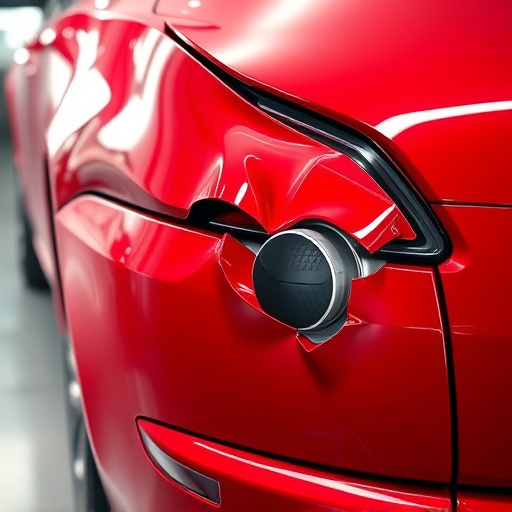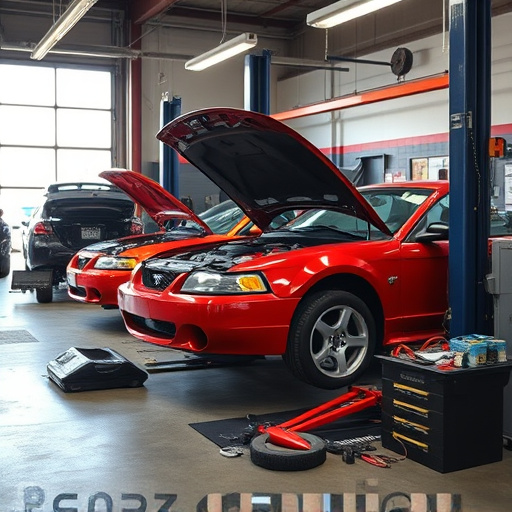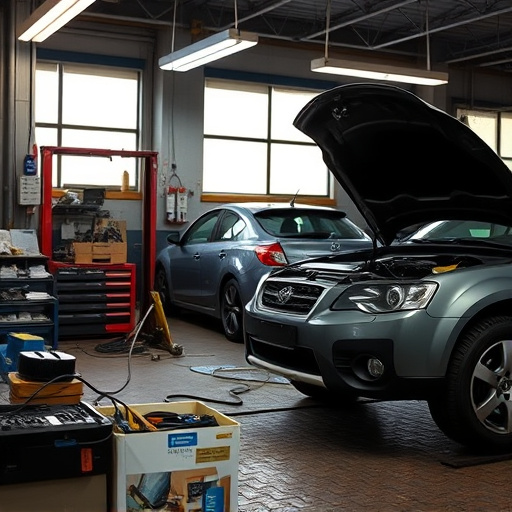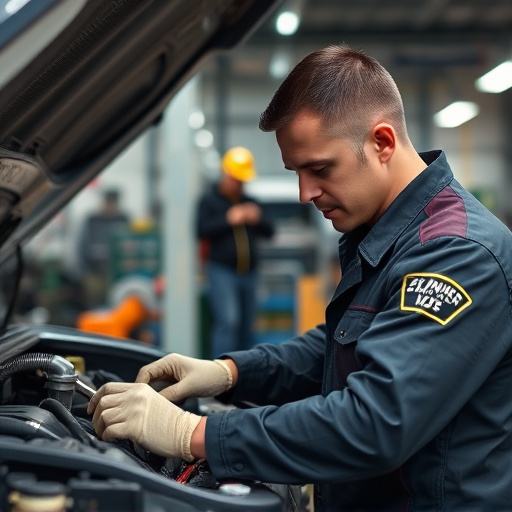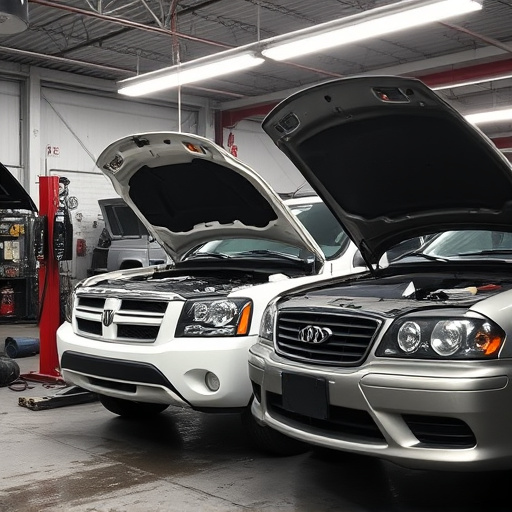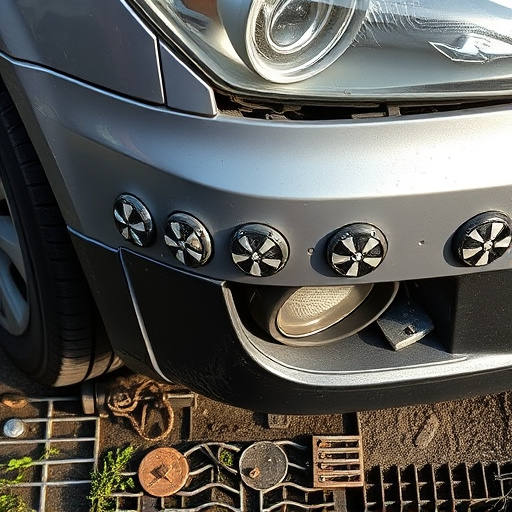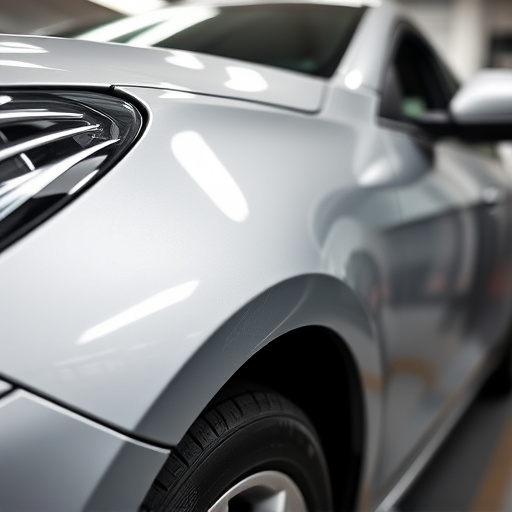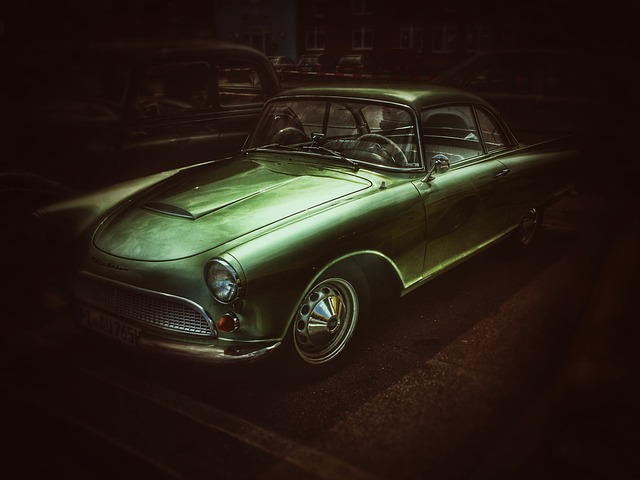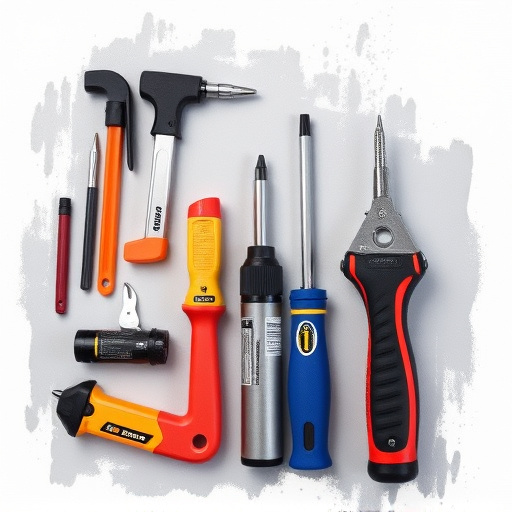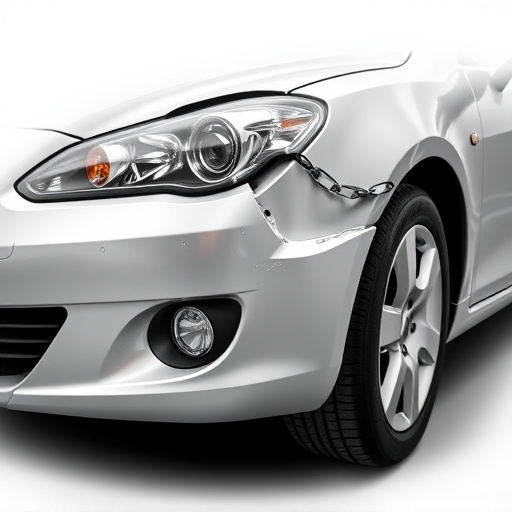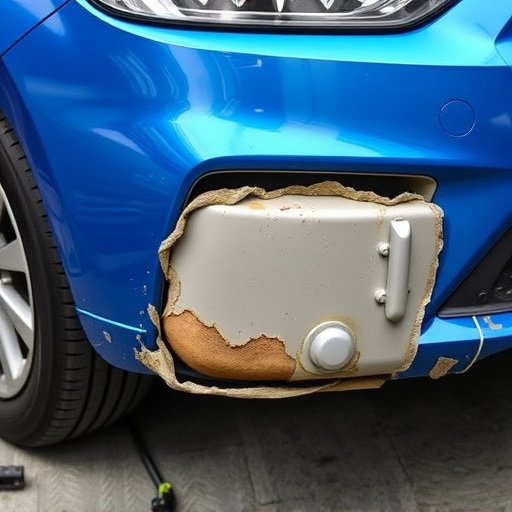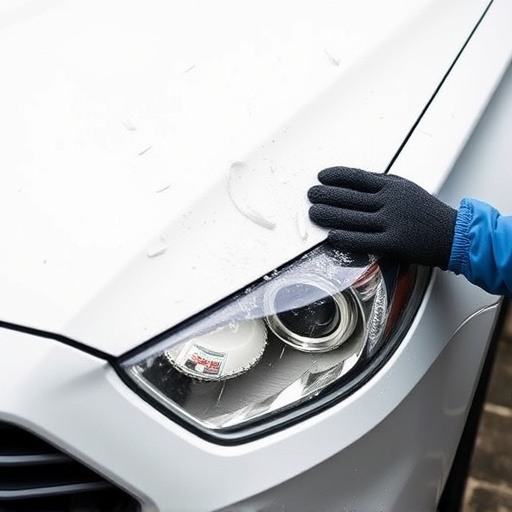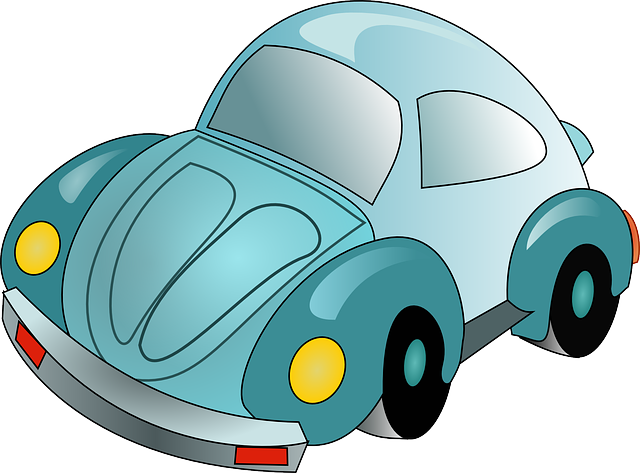OEM (Original Equipment Manufacturer) parts are the preferred choice for bumper cover replacement in automotive body shops due to their superior quality, precise fitment, enhanced durability, and safety features. Technicians prioritize OEM parts over aftermarket alternatives, starting with verifying vehicle specifications, using specialized software for part compatibility checks, cleaning the existing bumper structure, and following manufacturer instructions. Expert installation techniques using high-quality OEM parts ensure top-notch collision repair outcomes, customer satisfaction, and maintained vehicle value.
Technicians often turn to Original Equipment Manufacturer (OEM) parts for bumper cover replacement due to their superior quality and compatibility. This article delves into why OEM parts are the preferred choice, highlighting their benefits for optimal results in bumper cover installation. From ensuring precision fit to maintaining vehicle aesthetics, OEM parts offer a reliable solution. We’ll guide you through the process, step-by-step, showcasing how technicians guarantee quality and compatibility during bumper cover replacement.
- Understanding OEM Parts: The Go-To Choice for Bumper Cover Replacement
- Why Technicians Prefer OEM Parts for Optimal Results
- Ensuring Quality and Compatibility: A Step-by-Step Guide for Bumper Cover Installation
Understanding OEM Parts: The Go-To Choice for Bumper Cover Replacement
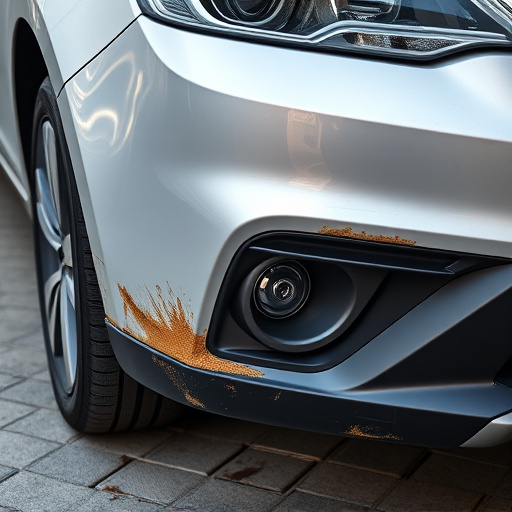
OEM (Original Equipment Manufacturer) parts are the go-to choice for bumper cover replacement in automotive body shops. When a bumper needs repairing or replacing, technicians seek out OEM parts due to their superior quality and precise fitment. These parts are designed specifically for a particular vehicle model, ensuring they align perfectly with the car’s make and model, unlike generic aftermarket alternatives.
Using OEM parts for bumper cover replacement offers several advantages. Firstly, it guarantees a seamless aesthetic, maintaining the vehicle’s original appearance. Secondly, OEM parts are built to withstand rigorous testing, ensuring durability and reliability during impact absorption. Lastly, many automotive body shops prefer them as they come with manufacturer warranties, providing peace of mind for both the shop and the customer, contributing to an exceptional vehicle restoration experience.
Why Technicians Prefer OEM Parts for Optimal Results
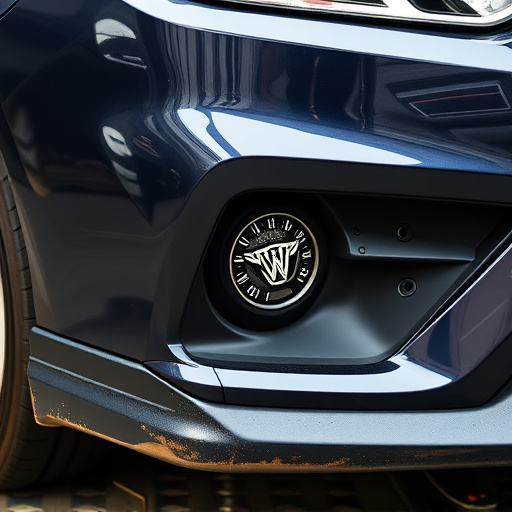
When it comes to bumper cover replacement, technicians often opt for Original Equipment Manufacturer (OEM) parts over aftermarket alternatives for several compelling reasons. OEM parts are designed and engineered specifically for a particular vehicle model, ensuring precise fitting and optimal alignment. This precision is crucial for maintaining the vehicle’s structural integrity, especially in case of future accidents or bumps, as it aligns with the car’s overall bodywork.
Moreover, OEM parts offer superior quality and durability, which can significantly impact the long-term performance of the bumper repair and overall car dent repair process. These parts are subjected to rigorous testing during their manufacturing, guaranteeing they meet the vehicle manufacturer’s standards for safety and reliability. This attention to detail ensures that the replacement not only looks factory-like but also functions as intended, enhancing the vehicle’s appearance and safety features, such as impact absorption and crumple zones.
Ensuring Quality and Compatibility: A Step-by-Step Guide for Bumper Cover Installation
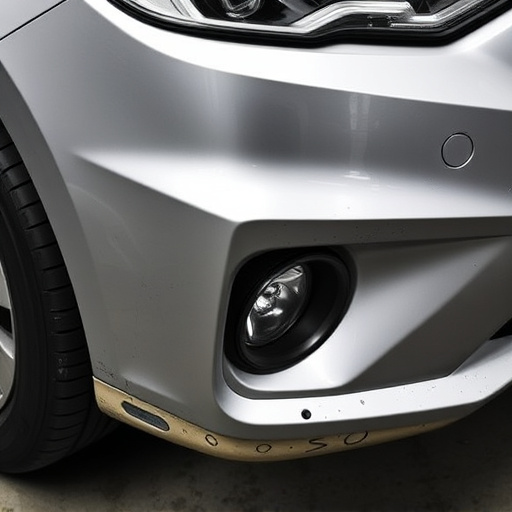
When undertaking a bumper cover replacement, ensuring quality and compatibility is paramount to achieving a seamless fit and aesthetic appeal. Technicians should start by verifying the make, model, and year of the vehicle to source the exact OEM (Original Equipment Manufacturer) parts. This meticulous process is crucial in aligning with the vehicle’s design specifications, guaranteeing both functionality and visual accuracy.
A step-by-step guide for installation can include checking part compatibility using specialized software or databases, cleaning and preparing the existing bumper structure, and meticulously following manufacturer instructions. Additionally, cross-referencing with reputable auto body services or consulting with experienced technicians can offer valuable insights. The use of high-quality OEM parts, coupled with expert installation techniques, is key to delivering top-notch automotive collision repair outcomes, ensuring customer satisfaction, and maintaining the vehicle’s overall value.
When it comes to bumpers, technicians often turn to Original Equipment Manufacturer (OEM) parts as their top pick for replacement. This preference stems from the proven track record of OEM components in delivering optimal performance and ensuring vehicle safety. By following a meticulous installation guide that checks quality and compatibility, technicians can confidently restore the aesthetic appeal and structural integrity of a vehicle’s bumper cover, providing customers with a seamless and reliable solution for their bumper cover replacement needs.
